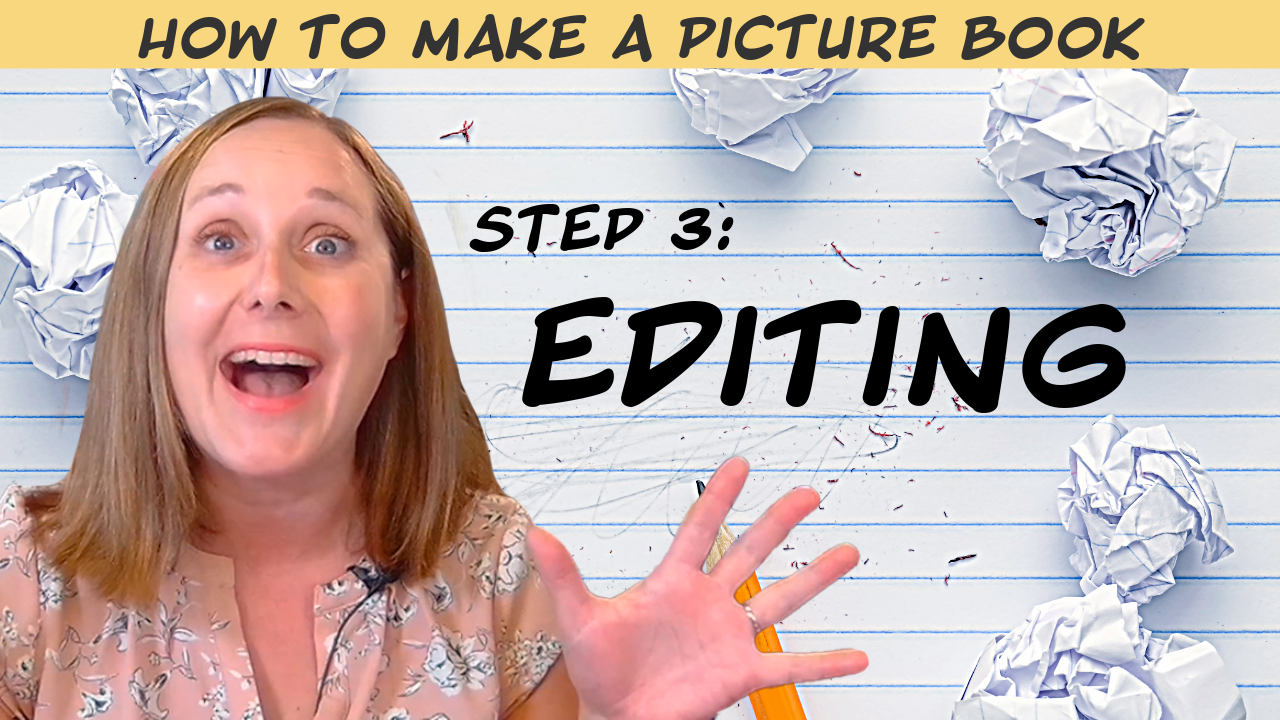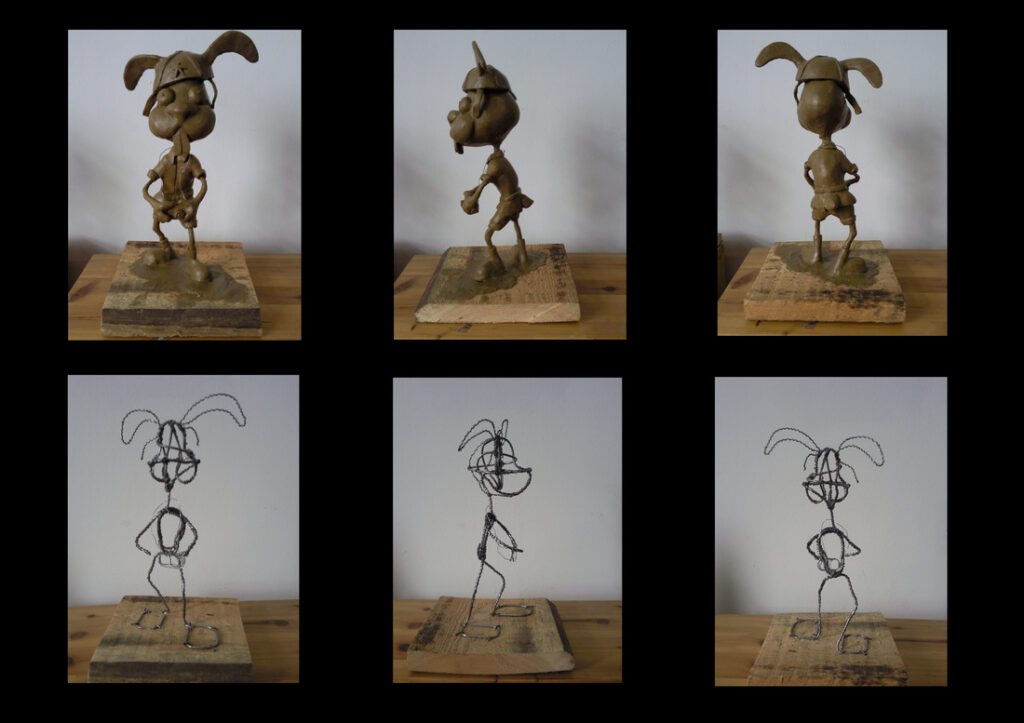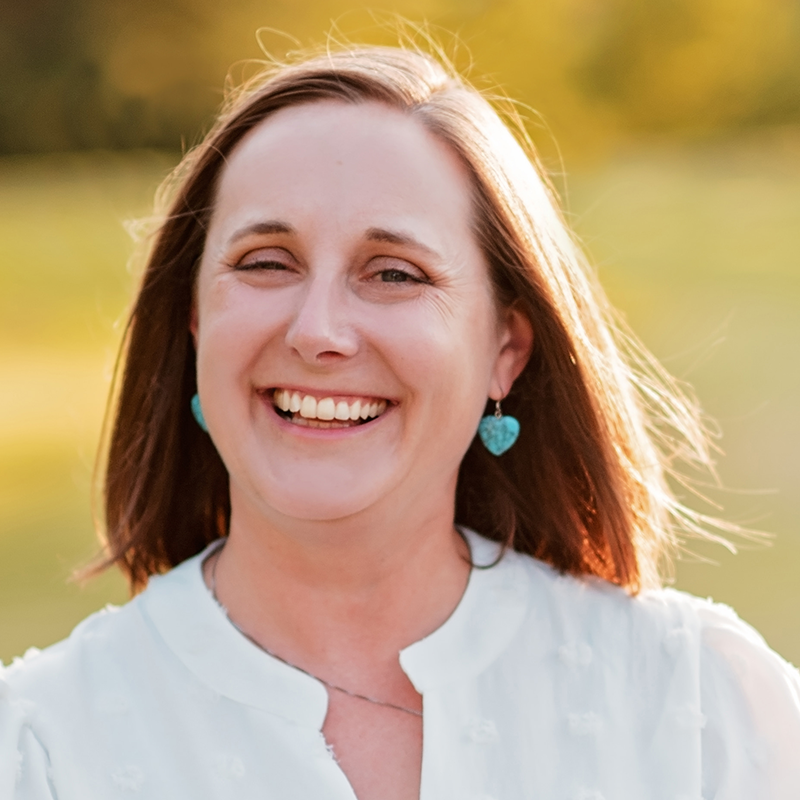
So, you’ve written your story—congratulations! But the journey doesn’t end there. Editing is where your story truly takes shape. Today, we’ll walk through the key steps of the editing process, from getting feedback to fine-tuning your final draft.
Let’s dive into editing by talking about Critique Groups.
Critique Groups
One of the best ways to improve your story is to join a critique group. This is a group of fellow writers or illustrators who share their work with each other and provide helpful feedback. It can feel hard at first, but having fresh eyes on your story is so valuable. They will catch things you missed, suggest new ideas, and help you refine your story. And remember, everyone in the group is there to help each other grow, so don’t be afraid to share your work.
I’ve been a part of several critique groups. A group I found through SCBWI shared our work over Facebook and gave feedback online. I’ve participated in in-person critique sessions as well, and found my favorite critique group through a class I took called “Children’s Book Pro”. There is a group of five of us who took the class together and we meet once a week over Zoom and share work on a rotation. The insights of other people from different stages of life and who have different skills and strengths, put together can bring your story from blah and confusing to WOW!
Let me show you one of the critiques I received, and share how it changed my story.
In an early draft of Storm Trucks, the story was about Axel and his brother, Chase. Chase was teasing Axel about being afraid, plus Axel was afraid of thunderstorms. A critique partner pointed out “consider making this just Axel’s experience. The conflict is loud noises, but there is a second one: his brother teasing and not playing with him. I would like to suggest writing a draft leaving Chase out so you can have Axel use his “trucks in the sky” strategy (very creative) to help himself weather the storm.”
I took this advice and revised my story to have only one conflict: fear of thunderstorms. This made the story stronger.
Big to Small Strategy
After gathering feedback, it’s time to start editing. But where do you begin? My advice is to start big and work your way down to the smaller details.
 When I say “start big,” I mean focusing on the major elements of your story first—like structure, character development, and pacing. I want to show you an analogy from Invisible Ink by Brian McDonald. He uses the example of an armature, from sculpture. An armature is the wireframe that keeps a clay sculpture from caving in. Your story theme or armature should be clear to you, and everything in your story should be based on or support that armature. For example, the armature of the Three Little Pigs is that hard work is better than laziness.
When I say “start big,” I mean focusing on the major elements of your story first—like structure, character development, and pacing. I want to show you an analogy from Invisible Ink by Brian McDonald. He uses the example of an armature, from sculpture. An armature is the wireframe that keeps a clay sculpture from caving in. Your story theme or armature should be clear to you, and everything in your story should be based on or support that armature. For example, the armature of the Three Little Pigs is that hard work is better than laziness.
Some big ideas to look at are: Is your plot working? Are your characters engaging? Does the story flow naturally?
Once you’re happy with the big picture, you can move on to smaller details like sentence structure, word choice, and punctuation. It’s tempting to fix every little mistake as you go, but focusing on the big issues first will save a lot of time in the long run. Why make a perfect sentence if you will delete it later because the plot doesn’t work?
Sometimes, even after a few rounds of editing, something might still feel off. That’s when it’s time to try something new.
Try Something New
Don’t be afraid to experiment with different approaches. Maybe change the point of view, adjust the pacing, or even change the setting completely. The more you experiment, the closer you’ll get to finding what works best for your story. And if you’re stuck, check out my video on generating new ideas—it might spark some fresh inspiration.
One helpful book is: Writing Picture Books by Ann Whitford Paul. She gives a lot of exercises and explanations for different approaches you could try to amp up your stories.
Storm Trucks went through a lot of drafts. I started with a 1st person, dialogue heavy story between two brothers. After 11 drafts, trying different points of view, styles, tenses, and more, I took away the brother. The next draft I wrote had the basic flow of the final book. From that point I moved to more specific edits such as changing word order, changing sentence flow, and other smaller changes. I have five more drafts until I realized that I could help show Axel has conquered his fear by having him help his puppy overcome the same fear. This change really strengthened the story. From that big change, there were some more minor tweaks. In all, I have 20 drafts saved of my manuscript. Each change helped bring the story closer to its finished work.
Dealing With Criticism
But what happens when you get feedback that’s tough to swallow? Let’s talk about how to handle that.
Receiving feedback, especially when it’s critical, can be hard. But it’s important to remember that feedback is a tool to help you improve. Not all feedback will resonate with you, and that’s okay. Take what’s useful, and don’t be afraid to set aside suggestions that don’t align with your vision for the story. It’s your book, after all. Trust your instincts, but also stay open to the possibility that others might see something you don’t.
My best advice about feedback is to listen to what others say and then take a few days before making any changes. After your initial reaction to the feedback passes, look at it again and see whether it was good advice or something that doesn’t help your story. I have received feedback on stories before and felt hurt about what the other person said, but then, after thinking about it for a few days I realized that they were right. I made some changes and the story got stronger. A big takeaway from the editing process is that everything can change… hold your work loosely at first, only cementing the things that are truly the best and strongest parts. You might not know what those are when you first start editing.
Additional Resources
Before I go, let me share a couple of podcast resources that have helped me hone my editing skills:
There are two podcasts I highly recommend. The first is You Are A Storyteller by Brian McDonald and Jesse Bryan. This podcast is full of insights on storytelling techniques and literary ideas that can help you think differently about your work. Brian and Jesse discuss the core idea or armature of a story a lot, as well as other interesting ways to look at story structure.
Another great podcast on story structure and editing is Story Grid by Shawn Coyne and Tim Grahl. This podcast is more focused on novel writing, but the principles of storytelling work for any story, short or long.
Both podcasts are great companions during your editing process, offering advice and inspiration when you need it most.
Editing can be a long and sometimes challenging process, but it’s also where your story truly comes to life. By joining a critique group, focusing on big-picture edits first, trying new approaches, and learning to handle feedback, you’ll be well on your way to creating a polished, engaging picture book. And don’t forget to check out those podcasts I mentioned—they’re a great way to keep learning and growing as a writer.
Storm Trucks Available Now
My book, Storm Trucks, is available to pre-order through Kickstarter right now as a beautifully printed hardback - and there are bonus items available to go with it: bookmarks, stickers, and an ebook version. The link is below so you can see all the goodies and be part of making this book a reality!




0 Comments